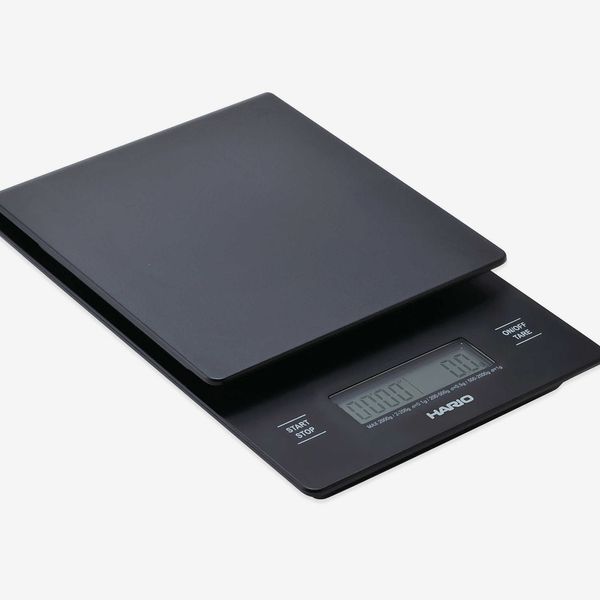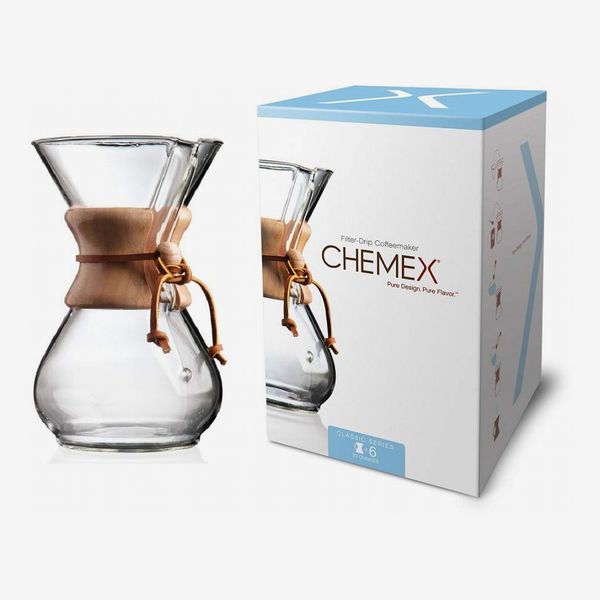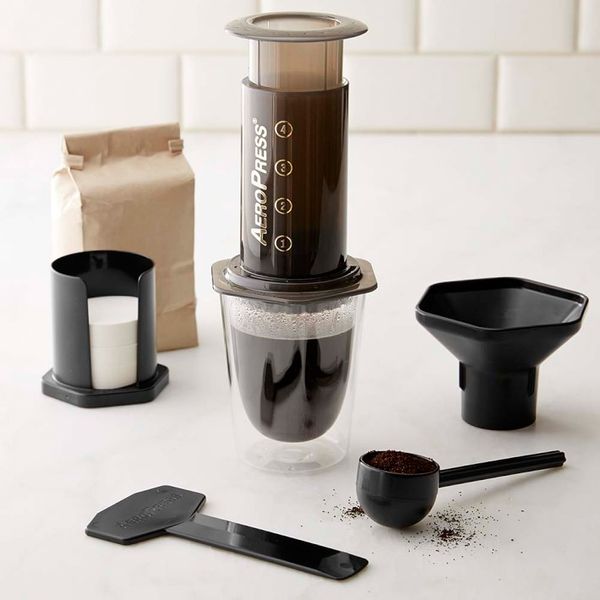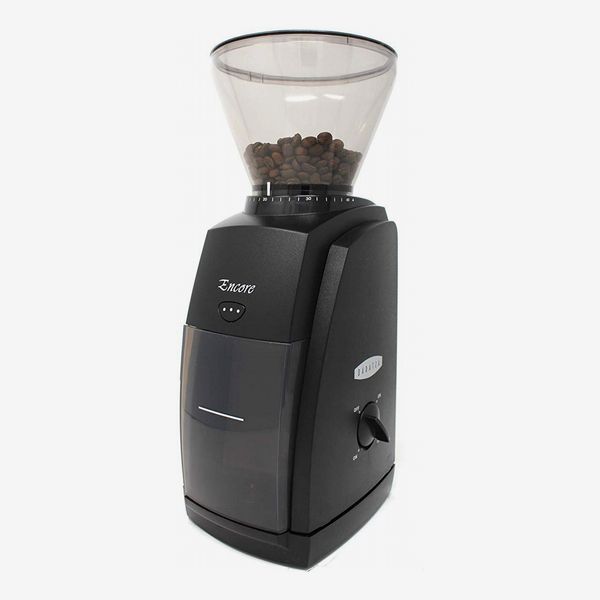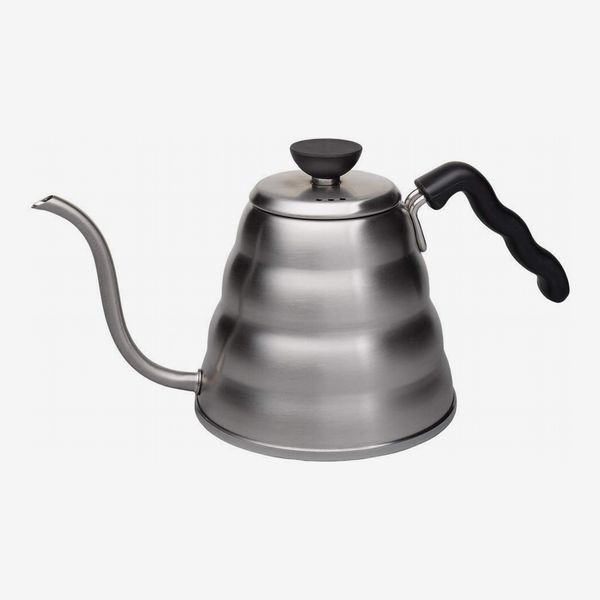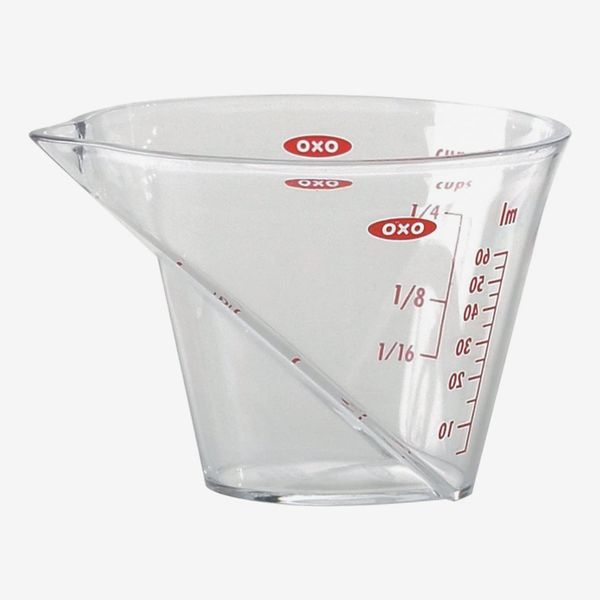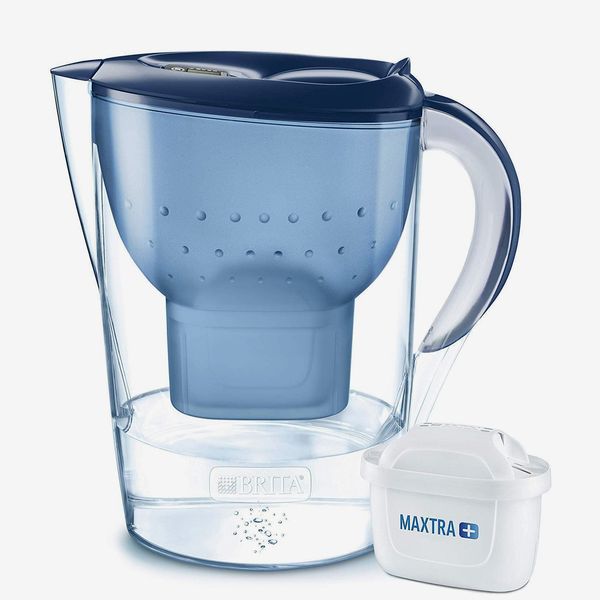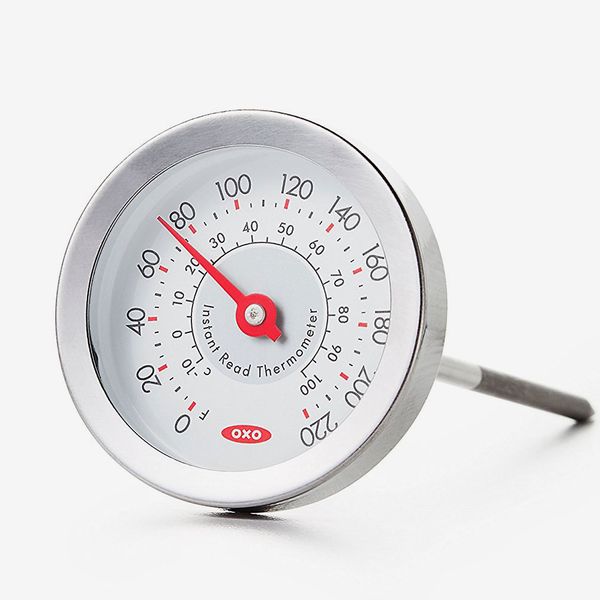
A version of this story originally appeared on the Strategist U.S.
Throughout the pandemic, I’ve been making my own coffee at home using a moka pot, and I make a pretty good cup. But for whatever reason, it never tastes as good as the lattes I used to get every day from my neighborhood café. A lot of factors go into that — the milk, the beans, the machinery — but there’s also technical know-how that makes a professionally made cup of coffee taste, well, professional.
So I asked Erika Vonie, a certified Q grader (i.e., a coffee sommelier) and consultant for tips on how to make pour-over coffee at home the way a barista does. “Eyeballing recipes while making coffee at home is always hit-or-miss,” Vonie says. “But there are a few things you can do to make sure you’re brewing more hits than misses.” Ahead, all of the necessary gear you need.
Digital scale
First off, you’re going to need a good digital scale, which is one of the most powerful kitchen tools you can own, especially where ratios are concerned. “We don’t often measure by volume in coffee,” Vonie says. Instead, it’s all about the aforementioned ratios. According to Vonie, the generally accepted ratio of coffee to water is approximately two tablespoons of ground coffee to eight fluid ounces of water. The approximation depends on what kind of roast you’re using. Ground dark roasts take up more volume than ground light roasts, as do medium grinds versus fine grinds. “So keep that in mind as you’re measuring,” Vonie says, adding that she typically brews 37 grams of coffee with 16 fluid ounces/500 milliliters of water when using her Chemex.
Coffee maker
If you’re obsessed enough with at-home coffee-making, then you’ve likely heard the Chemex versus Aeropress argument. Sure, the Chemex is inspired in its simple design, but the Aeropress can make a cup of coffee in under a minute. Vonie says don’t fret over it; she recommends either. “Buy brewers that have visual cues to help you know exactly how to make coffee in them,” she says. “Both the Aeropress and Chemex come with instructions on how to eyeball or measure your coffee by volume.” And suddenly making your own coffee becomes much less daunting.
Coffee grinder
When making coffee at home, the whole bean is the way to go. They tend to stay fresher longer just like pre-ground pepper versus whole peppercorns, and once you make the switch, you’ll want to purchase the right kind of grinder. “Spice and blade grinders will haphazardly chop the coffee into random sizes,” says Vonie. So, she suggests a burr grinder. “It’s adjustable and can grind your coffee to specific sizes, which makes brewing more uniform and consistent.” She’s a fan of the grinders from Baratza, which typically retail for between £130 and £200. “But they also sell refurbished grinders for discounted prices,” Vonie adds, “and they have one of the most informed and helpful customer service teams out there.” [Editor’s note: Baratza grinders are sold out everywhere we’ve looked, but you can sign up to a waiting list at the Coffee Hit.]
Kettle
And now for the actual brewing itself: Close your eyes and imagine the kettle you always see your barista using. It’s a gooseneck, right? They’re ideal for coffee-making because they concentrate the piping hot water into a steady stream. If you already have a tea kettle and don’t want to spend money on another, then Vonie says a measuring cup with a tapered spout will also work. “Be careful of spillage, though,” she says. “Without the gooseneck creating a concentrated water stream, water can dribble out of the spout and onto your hand. Use less water so you have more control over it and refill the measuring cup with hot water as needed.”
Water filter
Wait! Don’t go pouring your water just yet. First of all, is it filtered? Vonie finds that filtered water results in a better-tasting cup of coffee. “I use a Brita at home, and it works just fine,” she says. And while you may be tempted to go straight from boiling your water to pouring it over your coffee, you should let it cool down a bit first. “My sweet spot for water temperature is between 200 and 205 degrees Fahrenheit,” Vonie says [Editor’s note – that’s 93 degrees Celsius]. “It’s totally okay to use water that’s right off the boil, but the hotter the water, the faster it extracts, so you may want to be cautious of overextracting the coffee or be prepared to shorten your brew time.”
As the country begins to reopen, many of us will be able to order our usual lattes from favorite baristas once again — but until then, you now have everything you need to approximate your own favorite cup at home.
The Strategist UK is designed to surface the most useful, expert recommendations for things to buy across the vast e-commerce landscape. Read about who we are and what we do here. Our editors update links when possible, but note that deals can expire and all prices are subject to change.
